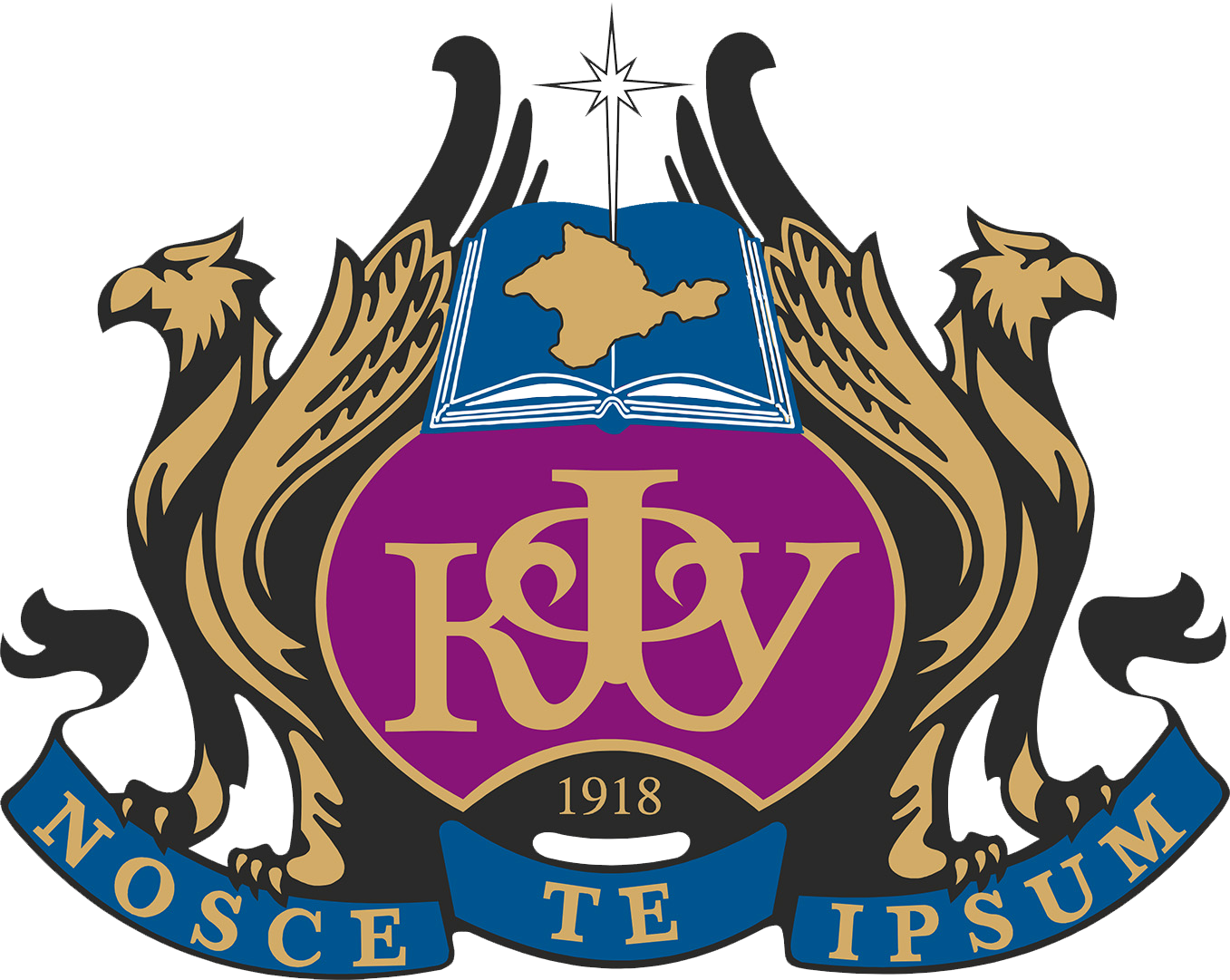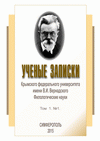In the modern Kumyk language there is a significant number of livestock, botanical and craft terms that have dialectal origin. The article examines the degree of development, functional stylistics and territorial origin of dialectic zoonyms. The author further identifies dialectisms by branches in large and small ruminants: separate names of females, males, cubs by age; names of professions related to livestock; names of markings on the ear and general concepts. Dialectical terms related mainly to the Kaitag dialect of the Kumyk language and the Kakashurin subdialect of the foothill dialect are not fully integrated into the modern Kumyk language. The Kaitag dialect of the Kumyk language and the Kakashurin subdialect of the foothill dialect serve as an intermediary between the Dargin and Kumyk languages. The author associates the appearance of dialectic zoonyms with the clarification of concepts and phenomena, the delimitation of semantic shades, which is important for terminology in connection with the requirements for terms: unambiguity, accuracy, stylistic neutrality, etc. Dialectic zoonyms contribute to the enrichment of the livestock term system and denote aspects of objects and phenomena that previously had no names. From a structural point of view, dialectic terms are terminological phrases.
dialectism-term, zoonym, Turkic terminology, Kumyk terminology, dialectism mastering, livestock terminology, Kumyk language.
1. Averbuh K. Ya. Obschaya teoriya termina: kompleksno-variologicheskiy podhod. – M., 2005. – 252 c.
2. Bammatov B. G. Russko-kumykskiy terminologicheskiy slovar'. – Mahachkala, 2006. – 408 s.
3. Vinokur G. O. O nekotoryh yavleniyah slovoobrazovaniya v russkoy tehnicheskoy terminologii // Trudy Moskovskogo instituta istorii, filosofii i literatury. – M.: LITERA, 1939. – S. 3–54.
4. Genikova A. B. Mesto i rol' dialektizmov v slovarnom sostave literaturnogo francuzskogo yazyka (diahronnoe issledovanie na materiale severnyh dialektov): Avtoref diss
5. Golovin B. N. O nekotoryh problemah izucheniya terminov // Semioticheskie problemy yazykov nauki, terminologii i informatiki. Sbornik trudov konferencii. – M., 1971. – S. 64–67.
6. Grinev-Grinevich S. V. Terminovedenie. – M.: Izdatel'skiy centr «Akademiya», 2008. – 304 s.
7. Danilenko V. P. Russkaya terminologiya. Opyt lingvisticheskogo opisaniya. – M.: Nauka, 1977. – 246 s.
8. Leychik V. M. O processe formirovaniya termina (osobennosti perioda pervonachal'nogo naimenovaniya special'nyh ponyatiy) // Funkcionirovanie terminov v sovremennom russkom yazyke.
9. Ol'mesov N. H. Sravnitel'no-istoricheskoe issledovanie dialektnoy sistemy kumykskogo yazyka : Avtoref. diss. ... dok. filol. nauk: 10.02.06. – Kazan', 1996. – 68 s.
10. Ol'mesov R. N. Sravnitel'no-istoricheskoe issledovanie hozyaystvennoy leksiki kumykskogo yazyka: nazvaniya domashnih zhivotnyh i ptic. – Mahachkala, 2004. – 200 s.
11. Reformatskiy A. A. Chto takoe termin i terminologiya // Voprosy terminologii. – M., 1961. – S. 46–54
12. Saidov A. M. Stanovlenie i razvitie kumykskoy dialektologii // Baltiyskiy gumanitarnyy zhurnal. – 2017. – T. 6, № 4 (21). – S. 175–178.
13. Taymashanova T. G., Abdullabekova U. B. Otraslevaya leksika kumykskogo yazyka. – Mahachkala: ALEF; IYaLI DFIC RAN, 2020. – 332 s.
14. Tatarinov V. A. Istoriya otechestvennogo terminovedeniya. Klassiki terminovedeniya: Ocherk i hrestomatiya. – M., 1994. – 407 s.
15. Hangishiev D. M. Kumykskaya dialektologiya. Kratkiy kurs: Uchebnoe posobie. – Mahachkala: RIO DGU, 1989. – 81 s.





